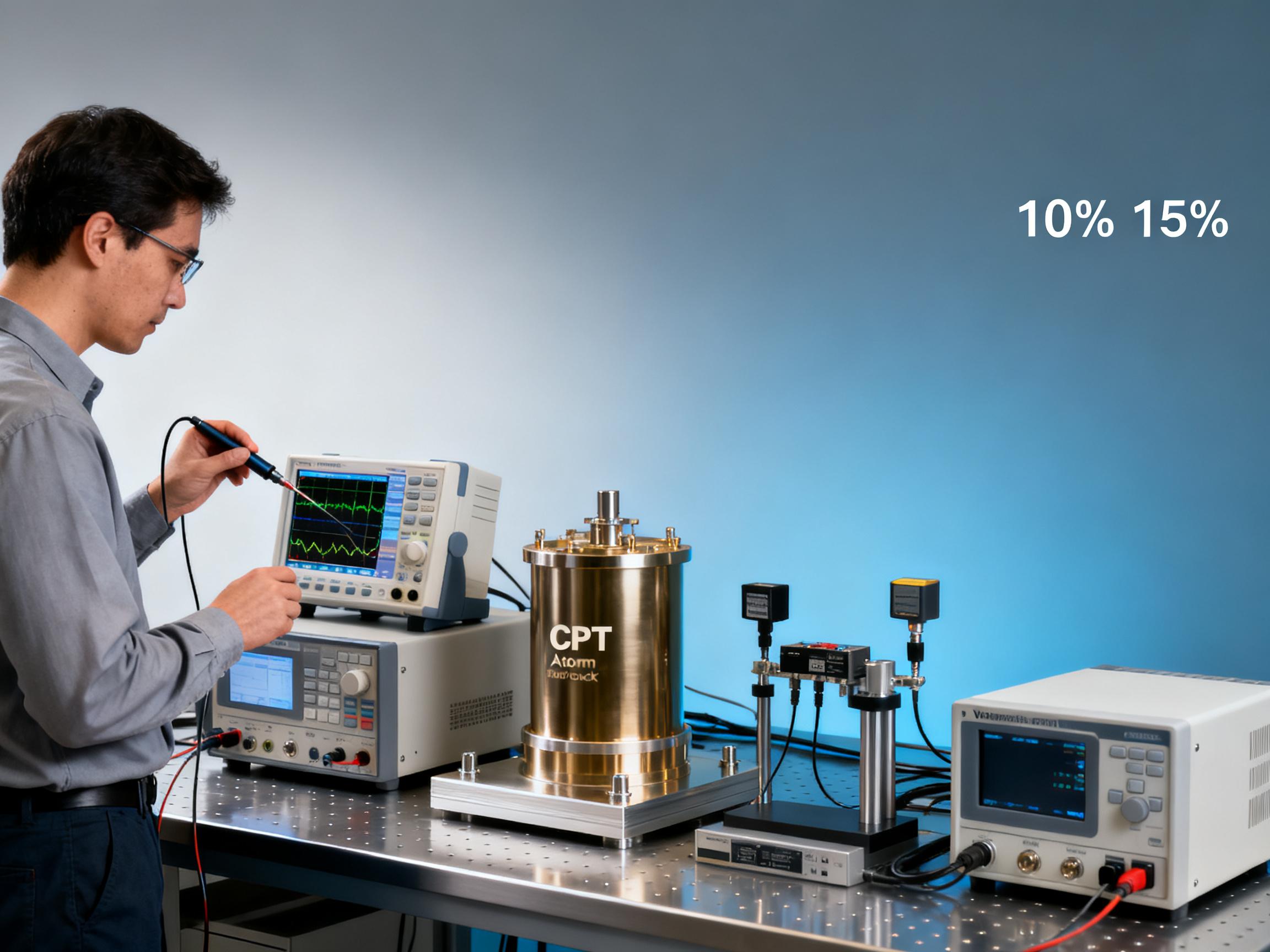RELATED
![How CPT Atomic Clocks Reduce OPEX in 5G Base Stations [Real Data] How CPT Atomic Clocks Reduce OPEX in 5G Base Stations [Real Data]](https://usimg.bjyyb.net/grey.png?x-oss-process=image/resize,m_fixed,w_800,h_600,limit_0) How CPT Atomic Clocks Reduce OPEX in 5G Base Stations [Real Data]2025-12-11
How CPT Atomic Clocks Reduce OPEX in 5G Base Stations [Real Data]2025-12-11 2024 CPT Atomic Clock vs Rubidium: Which Offers Better Stability for Telecom Networks?2025-12-08
2024 CPT Atomic Clock vs Rubidium: Which Offers Better Stability for Telecom Networks?2025-12-08 Live Demo Results: CPT Atomic Clock Performance Under Harsh Environmental Tests (Data Inside)2025-12-05
Live Demo Results: CPT Atomic Clock Performance Under Harsh Environmental Tests (Data Inside)2025-12-05 Budgeting for Precision: Total Cost of Ownership for a Rubidium Atomic Clock Over 5 Years2025-12-03
Budgeting for Precision: Total Cost of Ownership for a Rubidium Atomic Clock Over 5 Years2025-12-03
MESSAGE
Recently, the strontium optical clock team led by the National Time Service Center of the Chinese Academy of Sciences has achieved a major breakthrough in the research field of optical lattice clocks. The strontium atomic optical lattice clock developed by the team has improved the time precision to an accuracy of within 1 second in 16 billion years. To put it simply, for an ordinary clock, one swing of the pendulum represents 1 second, while for the rapidly "beating" strontium atoms, 429 trillion oscillations make up 1 second. The strontium atomic optical lattice clock developed this time meets the performance requirements for the future change of the definition of the "second" from microwave atomic clocks to optical atomic clocks, and makes China the second country after the United States to achieve an optical lattice clock performance better than 2×10⁻¹⁸.
The optical lattice clock is an ultra-high-precision timing device based on the principles of quantum physics. It uses the energy level transition frequencies (with frequencies exceeding 400 THz) of laser-cooled atoms (such as strontium or ytterbium) in an optical lattice as the timing reference, and its precision can reach an error of within 1 second in tens of billions of years. Mechanical watches rely on the mechanical vibrations of the balance wheel and hairspring or the mainspring (with errors at the second level per day), while electronic watches rely on the oscillation of quartz crystals (with errors at the level of about 10 seconds per month). In addition, optical lattice clocks require complex laboratory conditions (such as laser cooling, vacuum environments, etc.), are bulky, and are mainly used in scientific research fields (such as basic physics research, the definition of time standards, etc.). Traditional clocks are compact in design and serve the needs of daily timekeeping.
Since it uses the dipole force potential well with a period of half a wavelength formed by the standing light field in space - the optical lattice to trap cold atoms, it is called an optical lattice clock. In contrast, the ion optical clock operates based on trapping a single (or multiple) cold ions in an ion trap.
Traditional atomic clocks operate in the microwave frequency domain (about 10 GHz), while the transition frequency of optical lattice clocks is on the order of 100,000 GHz. The output frequency of an atomic clock represents the number of oscillations of the electromagnetic field within 1 second, which can be likened to the number of small graduations between the large graduations on a ruler. Therefore, the reason why the optical lattice clock is more accurate can be understood as it having finer small graduations and being able to measure time more precisely.
CONTACT US
Please use the form below to get in touch.
If you need a reply we will get in touch as soon as possible.

![How CPT Atomic Clocks Reduce OPEX in 5G Base Stations [Real Data] How CPT Atomic Clocks Reduce OPEX in 5G Base Stations [Real Data]](https://usimg.bjyyb.net/sites/91500/91958/1765179857856560163985903616.jpeg)



